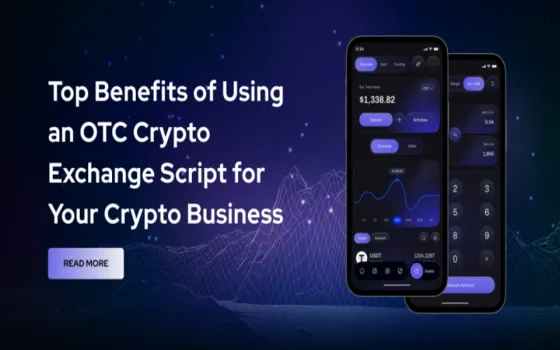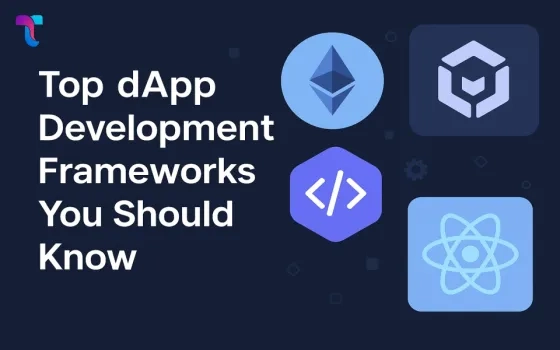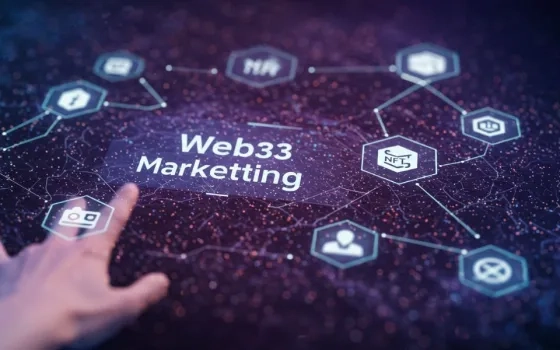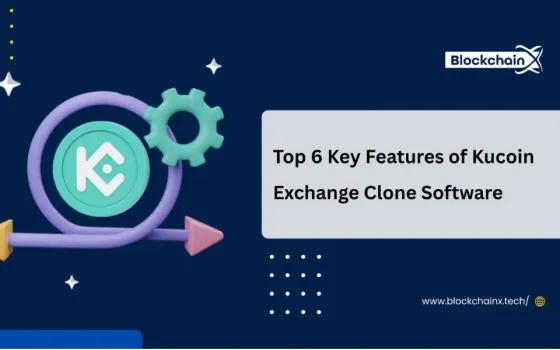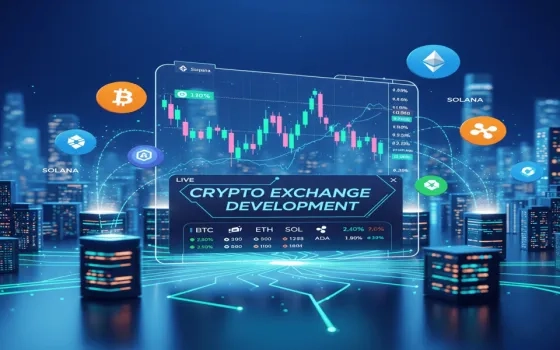Alternative investments—such as private equity, hedge funds, real estate, commodities, and fine art—have traditionally been exclusive to wealthy individuals, institutional investors, and family offices. These markets were often characterized by high entry barriers, illiquidity, and a lack of transparency, leaving most investors unable to participate. However, tokenization has emerged as a powerful solution, reshaping how alternative assets are structured, traded, and accessed. By converting real-world assets into digital tokens on blockchain networks, tokenization is breaking down long-standing barriers and paving the way for mainstream adoption of alternative investments.
This blog explores how tokenization is transforming the investment landscape, making once-exclusive asset classes accessible, liquid, and transparent for a global audience.
Understanding Tokenization in Investments
Tokenization is the process of converting ownership rights in an asset into a digital token recorded on a blockchain. Each token represents a share, fraction, or stake in the underlying asset, allowing investors to purchase and trade portions of that asset seamlessly. Unlike traditional financial instruments, which are often bound by geographical and regulatory limitations, tokenized assets exist in a decentralized environment, enabling global participation.
For example, instead of requiring millions of dollars to invest in a luxury real estate project, tokenization allows the property to be divided into thousands of digital tokens, each representing fractional ownership. Investors can purchase as many tokens as they can afford, making high-value opportunities far more accessible.
Breaking Down Barriers to Entry
One of the biggest hurdles in alternative investing has always been the high minimum investment requirements. Hedge funds or private equity deals often demanded commitments of hundreds of thousands of dollars, automatically excluding smaller investors. Tokenization addresses this by enabling fractional ownership.
Fractionalization means that an investor no longer needs to buy the entire asset or meet large minimum thresholds. A piece of artwork worth $5 million could be split into tokens valued at $100 each, allowing a wide range of investors to gain exposure to that asset class. This democratization of access is one of the most significant ways tokenization is pushing alternative investments into the mainstream.
Unlocking Liquidity in Traditionally Illiquid Markets
Illiquidity has historically plagued alternative investments. Assets like fine art, collectibles, or private real estate could take months or even years to sell. Tokenization introduces liquidity by creating a secondary market for these tokens, enabling investors to trade them more quickly and efficiently.
Blockchain-based trading platforms and decentralized exchanges allow token holders to buy and sell their shares in real-time, bringing a new level of dynamism to markets that were once stagnant. This liquidity does not just benefit individual investors; it also makes alternative investments more attractive to institutional players, who often seek flexible exit options.
Increasing Transparency and Trust
Transparency has always been a challenge in alternative investments. Many deals were conducted privately, with limited visibility into valuations, performance metrics, or ownership structures. Tokenization leverages blockchain’s inherent transparency, creating immutable records of ownership and transaction history.
Investors can verify details about the underlying asset, track how many tokens are in circulation, and confirm their holdings on the blockchain at any time. This enhanced visibility reduces information asymmetry, builds trust among investors, and attracts those who might have previously been hesitant to participate in opaque markets.
Expanding the Reach of Alternative Assets
Traditionally, alternative investments were confined to a specific group of investors with access to exclusive networks. Tokenization expands the reach of these assets to a much broader audience. A young professional in Asia can now invest in a tokenized real estate project in Europe or buy fractional shares of a fine art collection stored in New York.
This global accessibility not only broadens participation but also deepens liquidity pools, as investors from multiple jurisdictions contribute to the growth of tokenized markets. In effect, tokenization is unlocking new avenues of capital inflow for asset managers and developers while simultaneously empowering investors with diversified opportunities.
Real-World Use Cases of Tokenization in Alternative Investments
Tokenization is not just a theoretical concept—it is already being applied in various sectors of alternative investments.
Tokenized Real Estate
Real estate has emerged as one of the most prominent use cases. Developers are tokenizing luxury apartments, commercial buildings, and even land, allowing global investors to purchase fractions of these properties. Token holders can benefit from rental income, appreciation in value, and potential resale of their tokens.
Tokenized Art and Collectibles
The art world is notoriously exclusive, but tokenization is opening it up to new audiences. Iconic paintings, sculptures, and rare collectibles are being tokenized, giving multiple investors the chance to co-own a masterpiece. This not only diversifies portfolios but also preserves cultural and historical artifacts through shared ownership.
Private Equity and Venture Capital
Tokenization is also revolutionizing private equity and venture capital. Startups and growing businesses can raise capital more efficiently by tokenizing shares and offering them to a wider pool of investors. Tokenized equity reduces dependency on traditional venture capitalists while enabling investors to participate in early-stage opportunities with smaller commitments.
Commodities and Natural Resources
Gold, oil, and other commodities are being tokenized, enabling fractional ownership and simplified trading. This allows investors to gain exposure to commodity markets without having to deal with the logistics of physical ownership.
Benefits for Investors and Businesses
For investors, the primary benefits of tokenization include accessibility, diversification, liquidity, and transparency. They can now build well-rounded portfolios that include alternative assets without being constrained by geography or large capital requirements.
For asset managers, tokenization unlocks new channels of funding. Real estate developers, art curators, or private equity firms can attract global investors by offering fractional ownership. This not only enhances their fundraising potential but also establishes stronger engagement with a broader investor base.
Regulatory Considerations
While tokenization has immense potential, it also intersects with regulatory frameworks that vary across jurisdictions. Tokenized assets often fall into the category of securities, which subjects them to compliance requirements. Governments and regulators are actively exploring guidelines to govern this new model, balancing innovation with investor protection.
Despite these complexities, the trend is clear: regulatory frameworks are gradually evolving to accommodate tokenization. Jurisdictions like Switzerland, Singapore, and parts of the United States are creating supportive environments for tokenized securities, paving the way for broader adoption.
How Tokenization Is Reshaping the Investment Mindset
Tokenization is not merely changing how assets are traded; it is reshaping the entire mindset around investing. Investors who once saw alternative assets as inaccessible now view them as an essential part of their portfolios. The ability to invest small amounts across multiple tokenized assets encourages diversification and risk management.
At the same time, the cultural shift toward digital-first experiences, accelerated by blockchain adoption, makes tokenized investments particularly appealing to younger generations. Millennials and Gen Z investors, who already embrace digital assets like cryptocurrencies, are naturally inclined toward tokenized opportunities that combine technology with real-world value.
Conclusion
Tokenization is making alternative investments mainstream by dismantling barriers, increasing accessibility, and enhancing liquidity. What was once the domain of ultra-wealthy individuals and institutions is now opening to a global audience of investors eager to diversify their portfolios.
As regulatory frameworks mature and blockchain platforms continue to evolve, tokenization will become a standard mechanism for structuring investments across asset classes. Real estate, art, private equity, commodities, and even intellectual property are being redefined through digital tokens.
In essence, tokenization is not just a technological innovation—it is a financial revolution. It is transforming how we perceive ownership, trade value, and build wealth, bringing alternative investments from the shadows of exclusivity into the mainstream economy.





